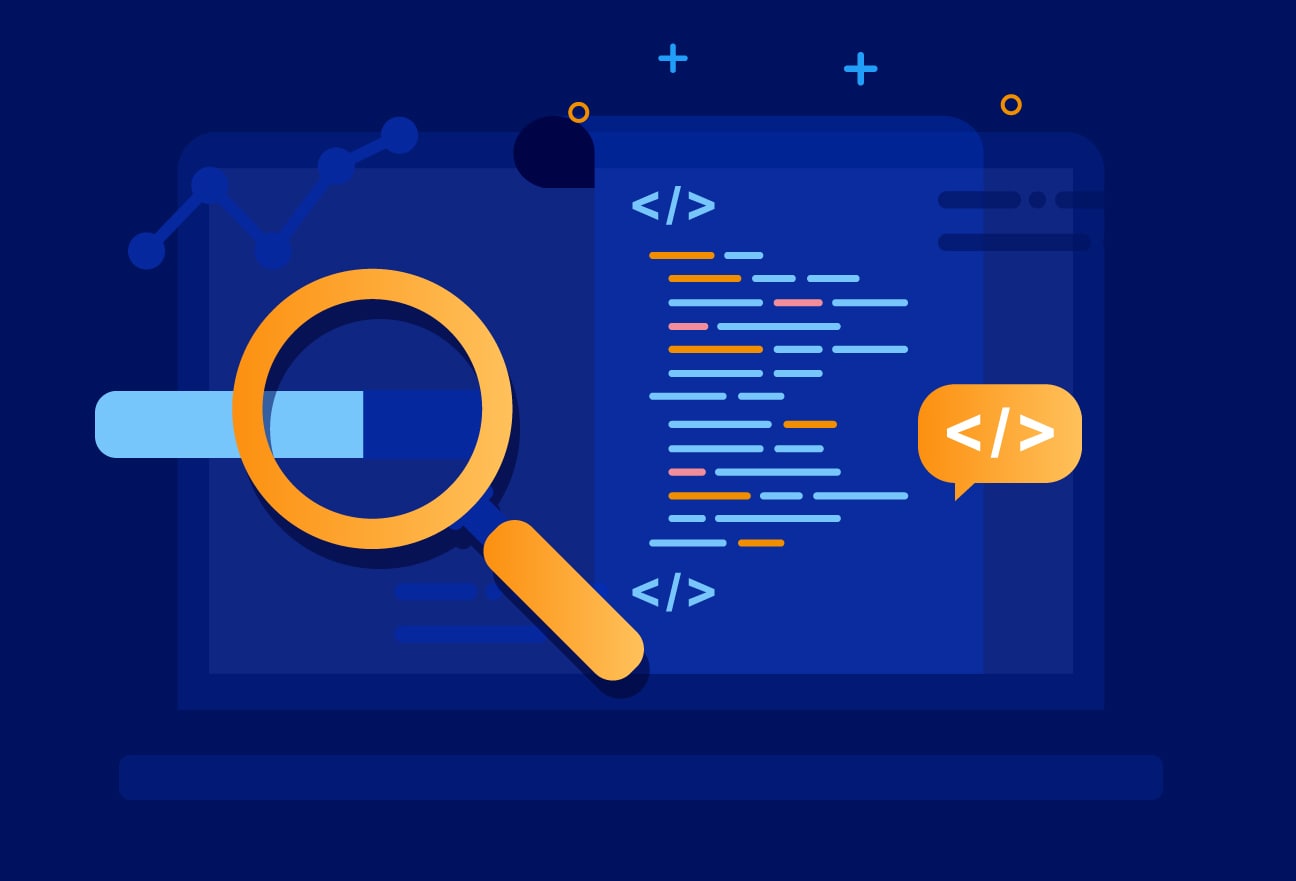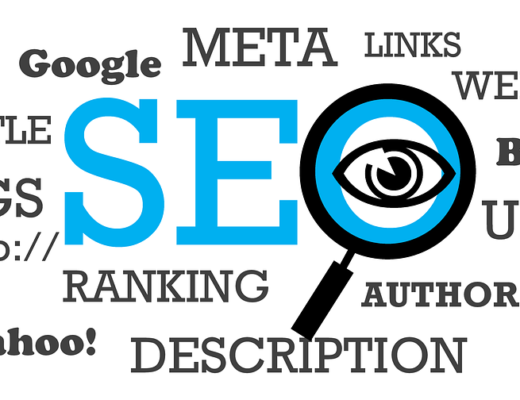As a business owner in 2023, the search landscape looks completely different than it did even just a few years ago. Google’s almost constant algorithm updates mean that old SEO tactics focused exclusively on keyword placement and backlinks no longer provide reliable results.
Now more than ever, you need search engine optimization that’s about more than improving your Google rankings.
You need SEO that drives targeted traffic to your site and, more importantly, turns that traffic into customers. That’s exactly what programmatic SEO delivers.
What Is Programmatic SEO
At its simplest, programmatic SEO leverages data and automation to optimize websites to improve search traffic and conversions.
It still utilizes traditional SEO best practices like quality content creation and technical website improvements—but that’s only part of the picture.
Programmatic SEO also pulls in external data like search trends, user behavior, and analytics to determine high-opportunity keywords and user intents.
It then uses this data to optimize onsite content for conversions, automating link building, providing insight on new content opportunities, assessing existing content, and more.
The goal is not just getting to the top of Google (though that still helps). The goal is sustainable growth through optimizing the entire searcher journey from discovery to conversion over and over.
Why Your Business Needs Programmatic SEO
More Relevant Organic Traffic
The focus on buyer keywords and intents means the organic traffic driven by programmatic marketing converts at a much higher rate than traditional SEO alone.
If traditional SEO was about casting a wide net to capture as much search volume as possible, programmatic SEO is about using data to strategically target valuable fish.
Rather than wasting time optimizing for high-volume keywords that convert poorly, programmatic SEO identifies untapped search queries that drive relevant organic traffic.
By doubling down on the terms and topics most aligned to user intents and your offerings, you fetch visitors who convert.
Faster Progress & Results
Thanks to process automation and data-backed insights, programmatic SEO accelerates progress compared to manual optimization performed in the past.
Rather than relying on the gut feel of keywords and slow research to populate content calendars, modern enterprise SEO software can instantly analyze millions of data points to surface the best opportunities.
It then handles much of the tedious heavy lifting, like building links and optimizing pages, to capitalize on them.
This engine-driven approach means faster traction, more agility in adapting to market changes, and better ROI from SEO staff.
An Engine for Continuous Growth
Traditional SEO projects focused on one-off optimizations that depreciated over time. Modern SEO powered by automation and data functions more like a self-improving engine continually fetches insights on new opportunities and handles the repetitive work needed to implement them. This creates a mechanism for continuous traffic growth and improvement rather than temporary gains from periodic efforts.
In a world of near-constant Google algorithm updates, having this engine constantly running in the background provides both defense and offense.
As rising search queries and new buyer keywords appear, your SEO is already optimizing for them.
And, as Google shifts its focus, deprecating aspects that worked previously, automated SEO adjusts course to rising trends without you needing to lift a finger. This means continuous data-backed adaptations to drive sustainable search growth regardless of Google’s whims.
Programmatic SEO in Action
Want to see programmatic SEO in action? Here’s one small way engine-driven SEO Company can make an immediate difference:
Say your e-commerce company sells premium chef knives for home cooks.
Traditional keyword research surfaces high-volume keywords around topics like “best kitchen knives” and “kitchen knife set.”
An SEO manager would then optimize blog posts and product pages around these terms. This might result in temporary improvements and extra organic traffic.
But programmatic SEO goes much deeper by analyzing both what potential customers actually search for (real purchasing keywords) as well as how those searches convert once they reach your site.
Digging into the data might reveal conversion-driven opportunities around long-tail keywords like “luxury gifts for chefs,” “best Japanese style knives,” or “easy-to-maintain stainless steel knife set.”
Rather than targeting generic topics, programmatic SEO spots the specific search queries of high-converting yet underserved visitor segments and then builds tailored content to capture that demand.
Over time, continually addressing such opportunities compounds into exponential growth.
By shifting from broad terms to hyper-relevant ones, programmatic SEO fixes one of the limitations of traditional SEO: successfully attracting visitors without necessarily attracting buyers.
Modern SEO turns this notion on its head by acquiring laser-targeted visitors based on their demonstrated purchasing behavior. This focus on converting visitors rather than merely attracting them is what enables sustainable SEO success today.
Are You Ready for the New Era of SEO?
Programmatic SEO marks a fundamental shift – and it is already creating a clear separation between organizations successfully growing through search and stagnating.
As search engine algorithms and user behavior continue advancing rapidly, extracting value from SEO now requires the leverage provided by automation and data. Simply put, programmatic SEO makes continuous search performance improvement scalable in a way never before possible.
Read More- Top 5 SEO Trends in 2024 You Need to Know for Higher Search Rankings




